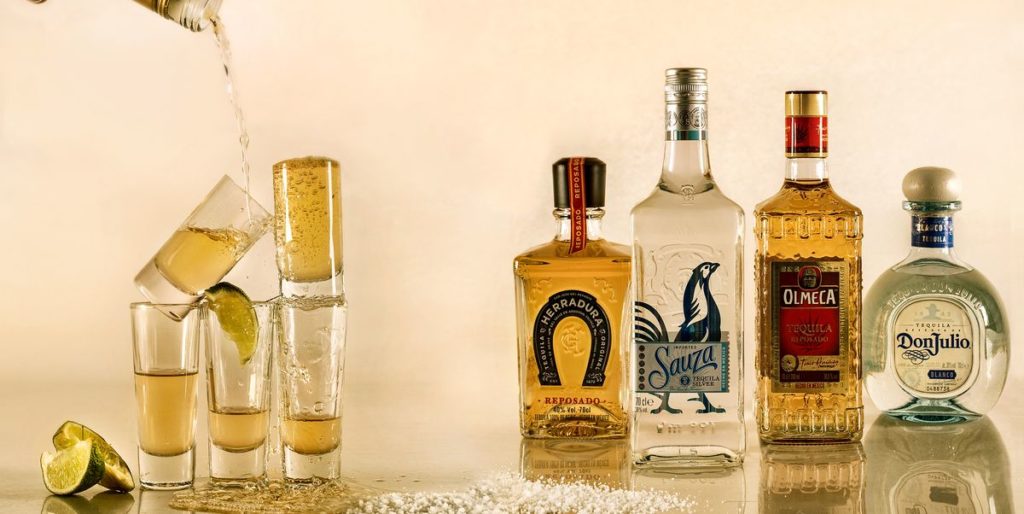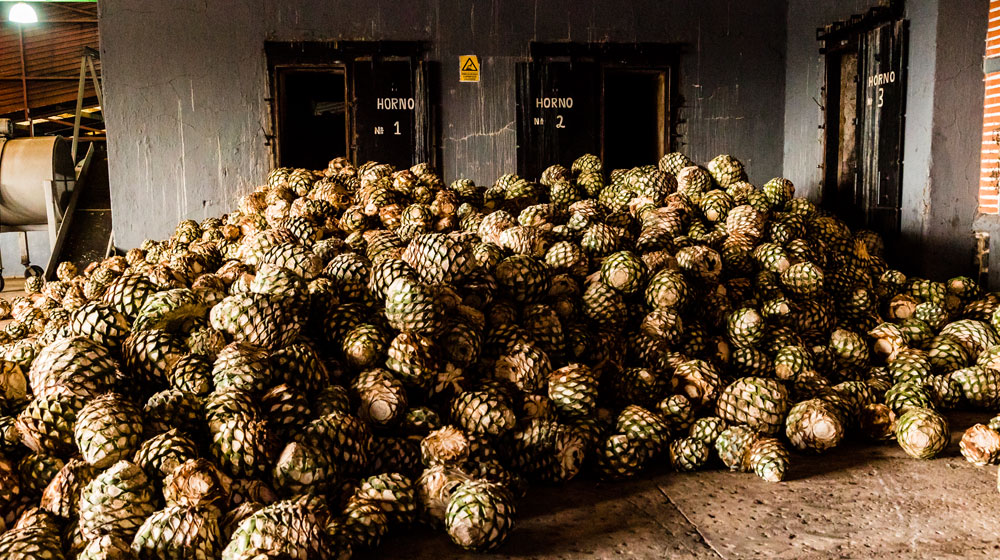History Of Tequila: Know Its Origin And Varianties.
This ancestral drink has been produced since the sixteenth century, since pre-Hispanic times a great value was given to the maguey or agave, each part was used to the maximum, the leaves, the aloe, the thorns and of course the mead that when fermented became in an intoxicating drink that was used in great celebrations and rituals, that could be considered the antecedent of the history of tequila. It is said that tequila was discovered during an electrical storm, when lightning struck an agave field and caused a fire, later the vapors heated the center of the agaves generating a honey with a sweet taste and pleasant aroma that drew the attention of the natives, who discovered that when fermented it had intoxicating properties. Later the colonization of the Spanish brought with it the process of distillation in pot stills introduced to the new continent with an Arab and Hispanic influence. For many years it was known as mezcal wine or tequila mezcal, because that was the name of the region where it was produced, Tequila, the same Jalisco city that to this day continues to be the cradle of tequila. WHERE DOES IT COME FROM? Tequila is obtained specifically from a plant in the agavaceae family, known as agave tequilana Weber or blue agave, although there are about 295 different species of agaves, only one can be used to produce tequila. If you don’t use that, it’s not tequila, but brandy, sotol or mezcal. TYPES
- 100% agave: Its total composition is of sugars from the agave.
- White or silver: They are transparent and unlike the rest they do not undergo aging in wood.
- Young or gold: They result from the mixture of a white with a reposado, añejo or extra añejo and have a golden color.
- Reposado: It matures in oak or oak barrels for a minimum period of 2 months and a maximum of 12.
- Añejo: They are left to age for more than a year, they are generally 3 years old and have a strong wood flavor with soft notes.
- Extra Añejo: It has a dark amber hue and matures on barricades for more than 3 years.
- Reserve: Aged for more than eight years, they have a longer distillation process to ensure that the alcohol level is higher.



